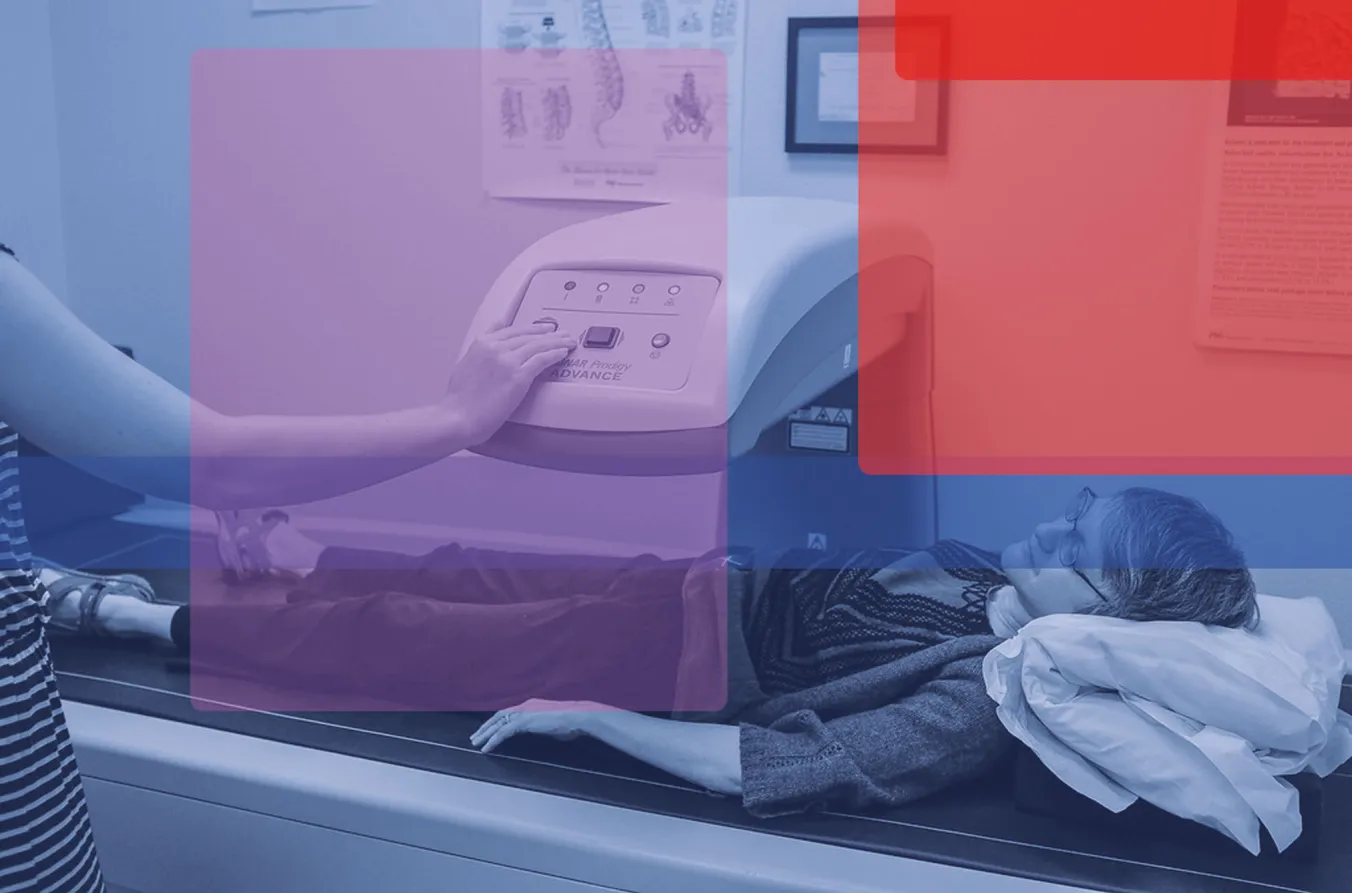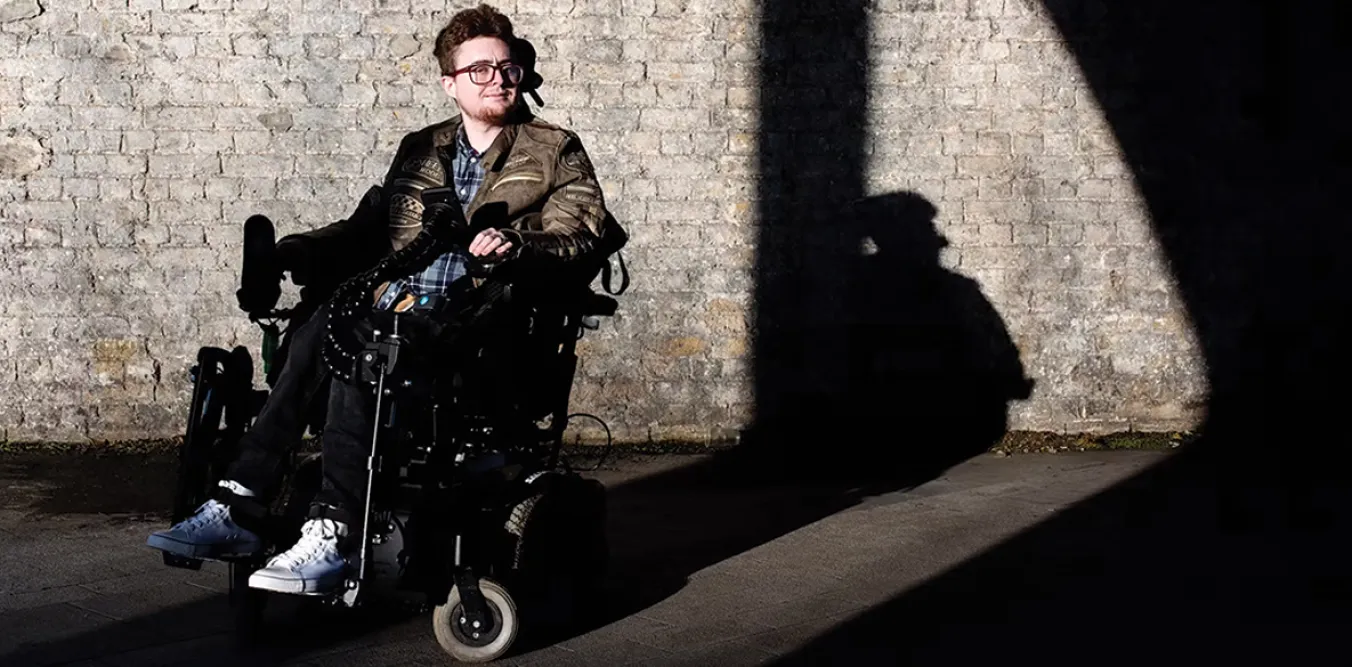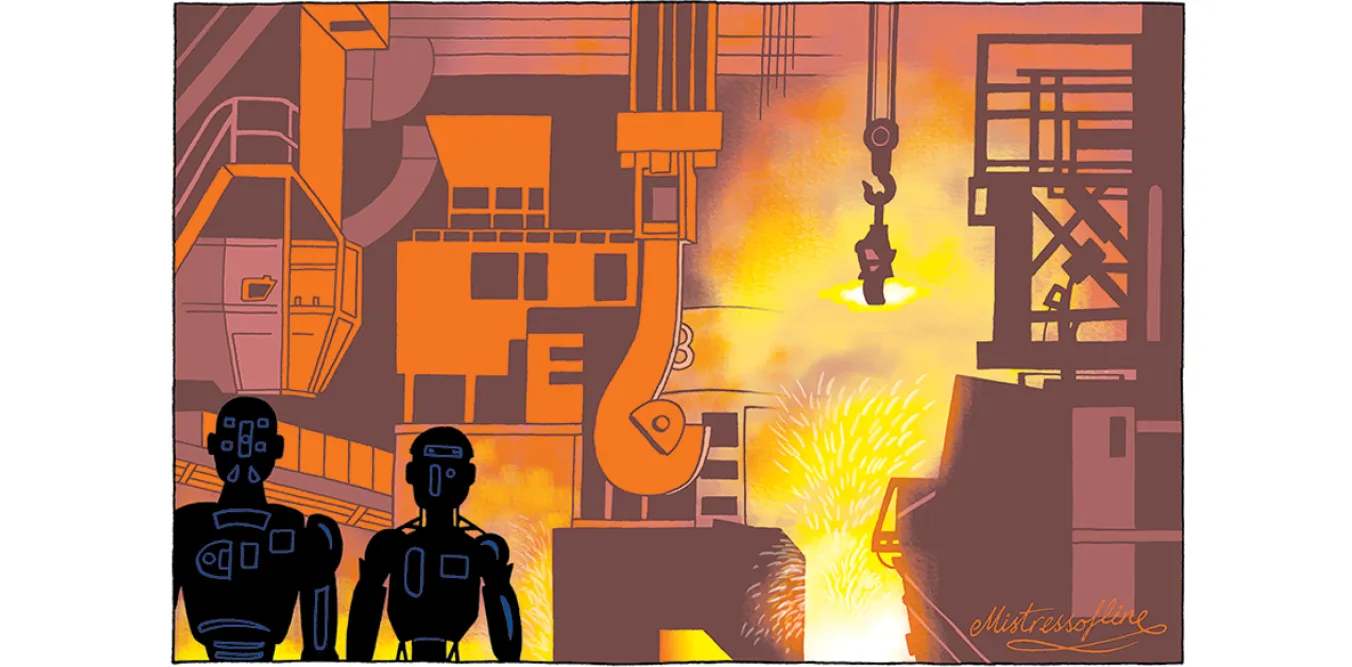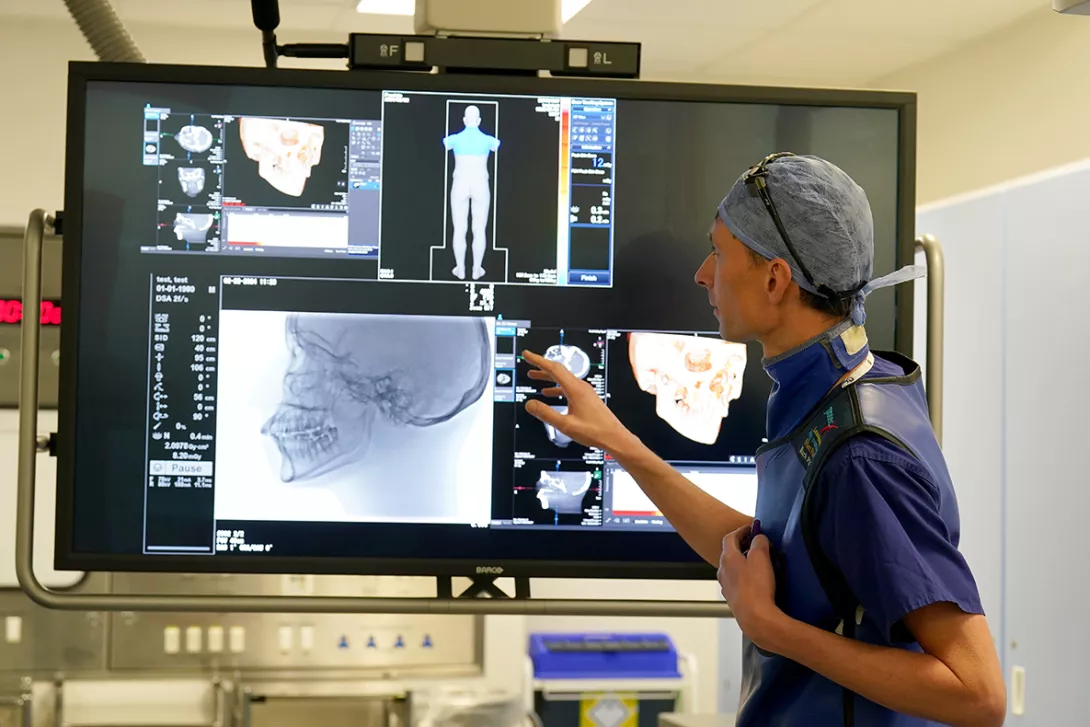
IF THERE was just one thing a political party should focus on in a general election year, it would be the services for the millions who are at risk of developing osteoporosis or who already have the condition.
Osteoporosis affects 3.5 million people a year in Britain with over half a million broken bones. Fractures, particularly in those over 50 can be very damaging and as many people die of a fracture-related cause as those from lung cancer or diabetes.
Yet, it’s a condition that with timely intervention can be treated, with further fractures prevented. That needs to be stressed, because, at the current time, services are in a “chronic state” as noted by the all-party parliamentary group (APPG) in December 2023. This means those with the condition are being severely let down.

















